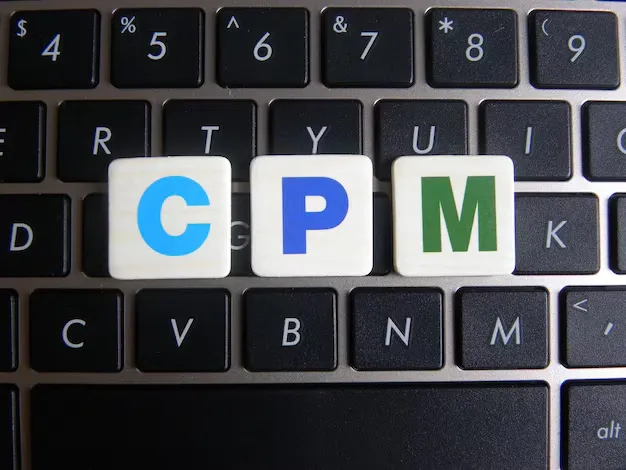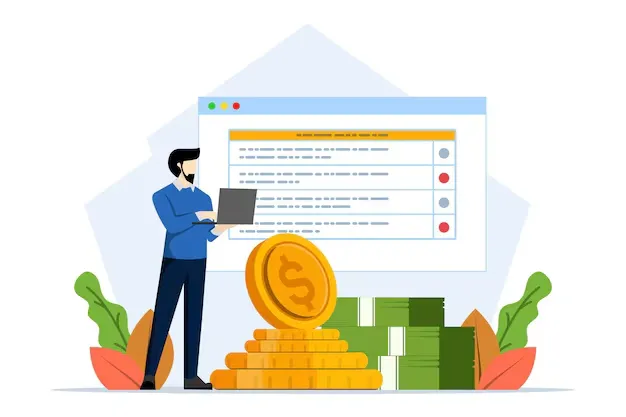CPM or Cost Per Thousand: Why It Matters in Digital Advertising
Updated: 9 April 2025, 1:21 pm IST
As the digital marketing industry continues to evolve, it's important to understand the basic terms and their importance. CPM, CPC, and CPA are some of the popular pricing frameworks in the programmatic advertising category.
Among these, CPM or Cost per Thousand plays a crucial role in measuring the cost of reaching 1,000 impressions for one ad. Read this guide to explore its definition, its importance, how it works, what factors matter the most, and more.
Try out our live video counselling session - Click here
Additionally, Enrolling in an MBA in Digital Marketing helps you master ad strategy and audience targeting, essential for optimizing Cost Per Thousand (CPM). This program equips you with AI-driven skills to create, manage, and scale digital campaigns, ensuring higher reach, better impressions, and cost-effective brand visibility.
Get Complete Details From Expert
What Does CPM or Cost Per Thousand Mean?

Cost per thousand is a popular digital marketing term that denotes the average cost a brand pays for 1,000 ad impressions. It is a Key Performance Indicator and a pricing model that marketers use to track the performance of their marketing efforts.
In the digital marketing landscape, every time when a customer views an advertisement counts as one impression. When considering CPM as a metric, it helps brands measure their advertising efforts by showing the cost of 1,000 views of their digital advertisements. On the contrary, CPM shows the cost of ad space on digital platforms as a pricing model.
The Importance of CPM
CPM, or Cost per thousand, is one of the most popular pricing models in the digital advertising world. Performance is measured using various marketing metrics, which track how often an ad appears, how many times it is clicked, whether it leads to a sale, and more.
However, marketers can tailor this pricing model according to the intended function of the ad. That is why CPM is well appreciated for some specific advertising campaigns. Advertisers often use CPM to increase brand awareness or convey a specific message since this pricing model is more focused than the CPC or cost-per-click model.
Know More About Our Online Programs
CPM or Cost Per Thousand vs. CPC or Cost Per Click vs. CPA or Cost Per Acquisition

The CPM cost per thousand formula is one of the popular metrics used to price website advertisements. The other methods are CPC or cost-per-click and CPA or cost-per-acquisition. Here is the basic difference between CPM, CPA, and CPC:
- CPC or Cost-per-click: An advertiser pays the website owner each time a user clicks on the ad. It is also known as PPC or pay-per-click.
- CPA or Cost-per-acquisition: An advertiser pays the website owner each time a user completes a predetermined action, such as viewing an ad, following, subscribing, or another type of actions to engage the audience.
How is CPM or Cost per Thousand Calculated?

The cost of displaying ads on websites or social media platforms varies. But it is proven to be one of the most cost-effective advertising methods with one significant advantage - flexibility.
With traditional advertising, advertisers can't adjust the call to action (CTA), visuals, or message once an ad starts running. Brands used to face two major issues: higher costs and the risk of not achieving the desired outcome.
On the other hand, the new-age advertising model is far more dynamic. With pricing models CPM, CPC or CPA, advertisers can adjust any parameter during an ad campaign. They can optimise ad campaigns run on websites or social media platforms and optimise their budget allocation.
Take the next step in your career ?
Factors That Create an Impact on the CPM
Factors vary depending on the advertising platform. However, there are some basic factors that impact on the CPM you have to pay:
1. Size and Demographics of Targeted Audience
A more granular audience means a higher CPM. It increases the chance of reaching potential users based on demographic factors and interests.
2. Advertising Platform
The average CPM varies considerably depending on different platforms.
3. Time of Year
Which time of year the ads are shown matters a lot. CPM rises during peak periods such as the holiday season due to high demand for the advertising space.
4. Industry or Niche
The CPM for ads in specific industries or niches is higher than in others. According to the latest report, the media had the lowest average CPM, while food delivery had the highest.
5. Ad Format
It was found that the video format is the most expensive one. Videos run on social media platforms had an average CPM of $11.10.
Bottom Line
Mastering CPM or cost per thousand, is key to maximizing impact and ROI. By understanding its intricacies, digital marketers can fine-tune their strategies, outpace competitors, and reach their goals. In addition, they can ensure a bright future ahead with the potential of hefty pay cheques every month. Want to seize this opportunity? Partner with Amity Online for Online Education and equip yourself with essential digital marketing skills!
Check Out Our Top Online Degree Programs
| Top Programs | ZERO COST EMI (INR) |
| BBA With Data Analytics Specialization | 9375 |
| BBA+ MBA | 14409 |
| BCOM + MBA | 14409 |
| BCA+ MCA | 12667 |

